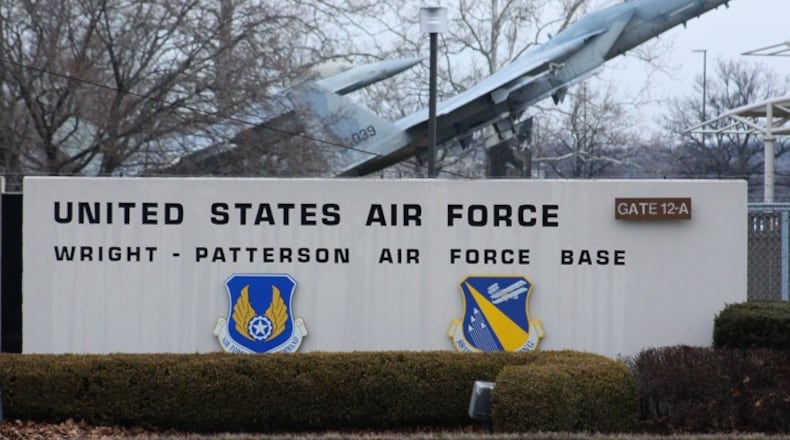“The agreement takes away the most important and contentious budget decisions and gives planners a go-ahead to work on more detailed directions for today’s military spending over the two-year period,” said Michael Gessel, Dayton Development Coalition vice president of federal programs. “It eliminates the threat of unexpected budget cuts through a sequester and significantly reduces the possibility of funding interruptions like government shutdowns and worker furloughs.”
RELATED: AF museum opens, Wright-Patt workers head to work as shutdown ends
That could be good news for Wright-Patterson, which could see higher increases in its major missions of acquisitions, research, intelligence analysis and perhaps military construction, he said.
The bipartisan budget deal laid out an additional $165 billion for defense appropriations and $131 billion for non-defense spending over the next two years above spending caps.
Top-line defense spending would reach $700 billion this fiscal year and $716 billion in 2019. Last year’s total reached $634 billion. On the domestic side, lawmakers agreed to top line nondefense discretionary spending of $591 billion this fiscal year and $605 billion in fiscal year 2019, federal data shows. In 2017, the total was $539 billion.
The domestic boost over two years captured $6 billion for opioid and mental health treatment, $5.8 billion for child care, $4 billion to reduce a VA maintenance backlog, and $20 billion in infrastructure spending. It also raises the national debt limit.
RELATED: Threat of government shutdown wearing on workers
But while the deal adds predictability by lifting spending caps – which would resume in fiscal years 2020 and 2021 — final details on the fiscal 2018 budget remain in negotiations, while the fiscal year 2019 defense budget proposal was due to be rolled out next week.
“In a complex budgeting system like the federal government, which is controlled by a political process, there is no such thing as budget certainty,” Gessel said in an email. “The budget agreement resolved the big picture issues, but there are many more details to be worked out.”
RELATED: Trump calls for end of military budget sequester
Congress must still pass in the coming weeks a defense appropriations budget for each service branch and activities, noted Todd Harrison, director of defense budget analysis with the Center for Strategic and International Studies in Washington, D.C.
“What we do know is that this budget deal overall was a big win for defense,” he said in an email Friday. “This is the highest level of spending anyone had proposed or talked about.”
As part of the deal, legislators passed a short-term spending gap measure that expires March 23 to allow more time to pass an appropriations bill.
During Thursday night’s debate, U.S. Sen. Rand Paul, R-Ky., delayed a final vote beyond the midnight deadline to avoid a
shutdown when he took to the Senate floor to decry the spending plan expected to push annual federal deficit spending to $1 trillion a year. Many Democrats were angered the issue of immigration was not resolved as part of the deal.
About the Author
